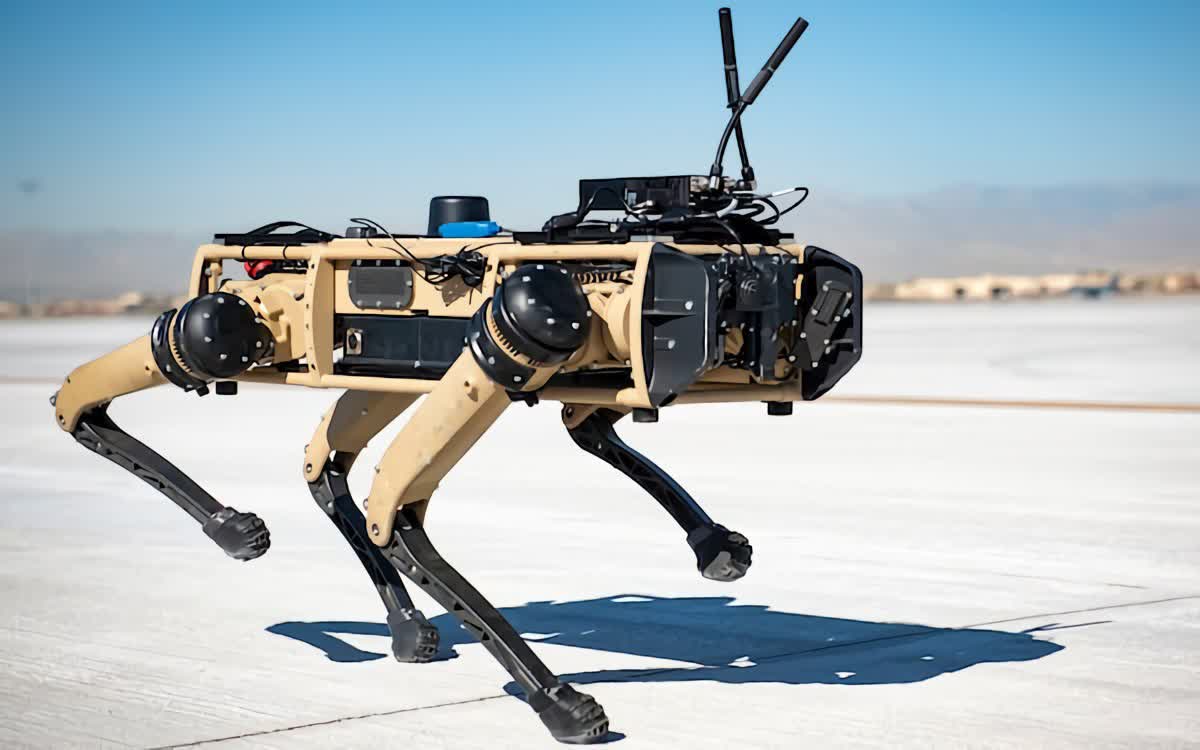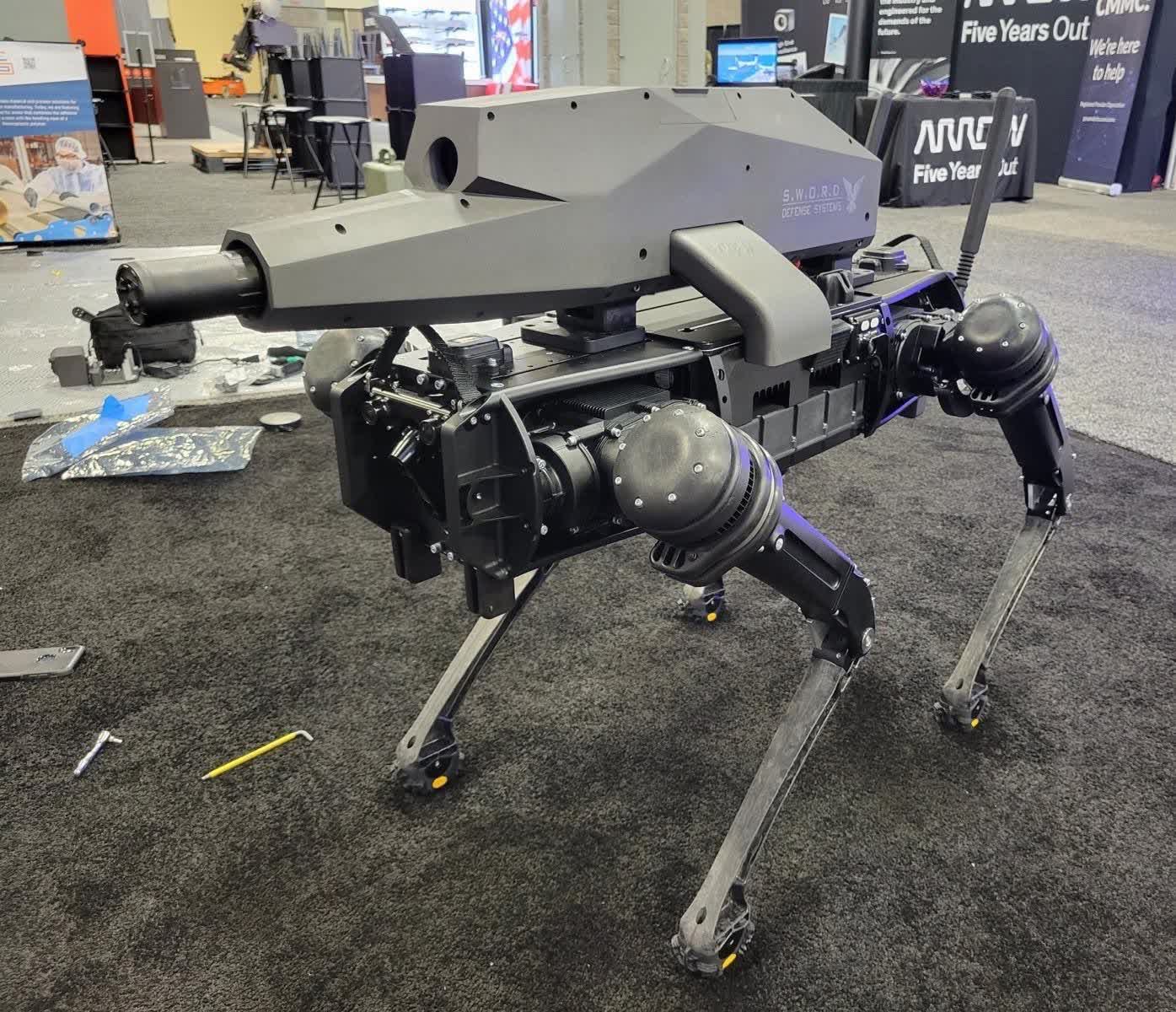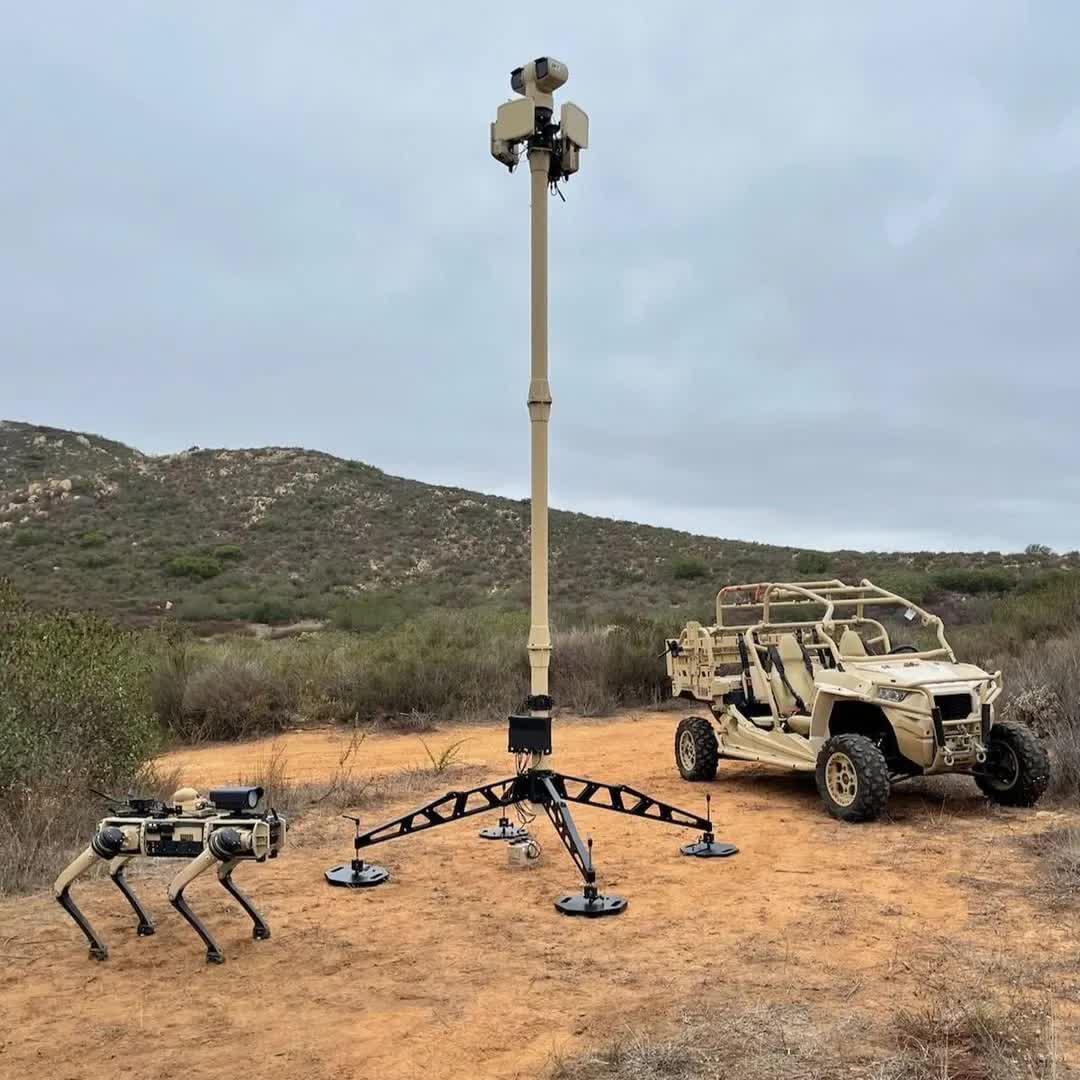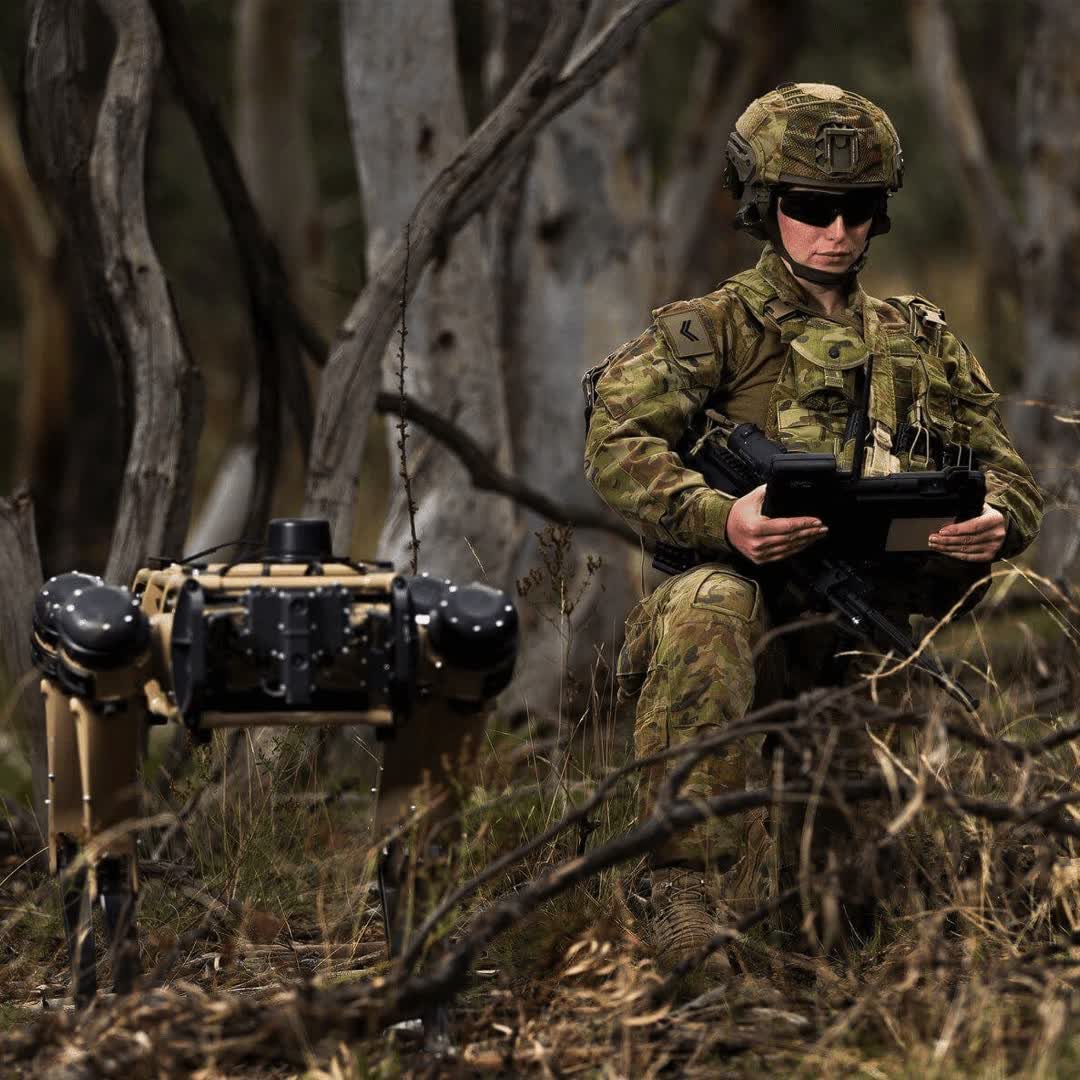A hot potato: Robot dogs could find new use as part of the United States border force. The quadrupedal machines are being trialed as sentries in land across the southern border, which can be an inhospitable area for humans due to its harsh landscape, extreme temperatures, and other threats.
The United States Department of Homeland Security released details of the Science and Technology Directorate-led Automated Ground Surveillance Vehicles (AGSV) initiative, also known as robot dogs.

While the machines resemble Boston Dynamics' famous Spot robot, these mechanical dogs are the work of Philadelphia-based rival Ghost Robotics. If that name sounds familiar, it could be from one of its robot dogs shown off at a trade show last year that featured an attached assault rifle (below).

The AGSVs used by the DHS won't be carrying weapons in some Black Mirror-style dystopian nightmare---for now, anyway. Instead, they're being tested for patrol and inspection purposes. They're able to be controlled remotely or work autonomously, sending their video feed back to operators. The robots can also be equipped with different payloads such as night and thermal vision cameras and various types of sensors and radios.
The dogs have been patrolling autonomously during the trials by moving around pre-set GPS waypoints. They've also taken part in simulated inspections outside, inside, and under train cars at railyards, and have been tested walking up hills, down ravines, and over rocks, all while carrying 20-pounds worth of payload.

"Technology such as semi-autonomous drones (air, ground, and even water) are used effectively as force multipliers elsewhere---and robot dogs are no different," said S&T program manager Brenda Long.
Despite the lengthy explanation post extolling the virtues of using machines instead of humans for dangerous border patrol work, any government authority that puts robots to work this way can expect to come in for some criticism. Just ask the NYPD, which ultimately tore up its $94,000 contract for Digidog, a heavily modified version of Boston Dynamics' Spot, following backlash from activists, city officials, and some members of the public.
